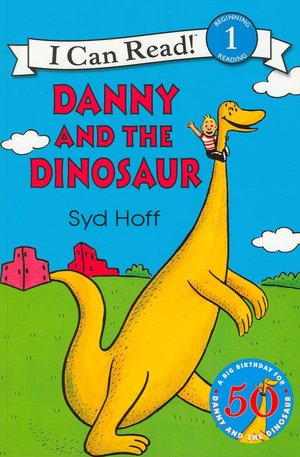 One common problem among homeschoolers is assessments, when to test and how to test. I've had friends ask me how I test my hyper little kindergartener. There are three main methods we used this year for assessing and all had their pros and cons. The Learning Record is an open record of literacy
achievement, maintained and monitored by the parent to provide
evidence that students are moving toward agreed upon goals and standards. Second is standard assessments found at the end of your child's curriculum books along with online tests available. I picked the short and sweet-est ones I could find. Third, I call Interactive Play Assessments. Play with your child but ask specific questions to see if they're absorbing what your teaching.
One common problem among homeschoolers is assessments, when to test and how to test. I've had friends ask me how I test my hyper little kindergartener. There are three main methods we used this year for assessing and all had their pros and cons. The Learning Record is an open record of literacy
achievement, maintained and monitored by the parent to provide
evidence that students are moving toward agreed upon goals and standards. Second is standard assessments found at the end of your child's curriculum books along with online tests available. I picked the short and sweet-est ones I could find. Third, I call Interactive Play Assessments. Play with your child but ask specific questions to see if they're absorbing what your teaching. In a nutshell, The Learning Path method tracks your child's academic progress throughout the year. For example, in science, we kept a composition notebook of all the experiments we did. With this, you can easily see the level of detail in drawings, the level of writing ability, the procedure methods, and the acquisition of efficient scientific inquiry, all increase tremendously! The other positive of using the Learning Path is that you can see where your child stands in quantity versus quality. Do they rush through activities or assignments in topics they don't enjoy versus produce high quality work on subjects they do enjoy. At such a young age their interests are constantly changing but you can use this tool to evaluate and encourage your kids in areas where they flourish and do a little more affirming in areas where they struggle.
While you continue to build and increase your child's portfolio throughout the year its also important to take inventory three to four times per year. Most homeschool curriculum's, I've found, have oral and mastery assessments. But sometimes I feel that they aren't enough. Its nothing personal but for my mental security I need to know that we're not missing topics and/or glazing over them. In other words, one question on an entire topic is not sufficient or a five question test covering 20 lessons is also not sufficient. For example, as a child I remember struggling with phonetic rules because I never seemed to master my understanding before the class moved on to the next subject. I don't want that to happen to my kids. At the beginning of this school year (fall 2011) I was dumbfounded that my 5 1/2 year old still could not recognize all his lowercase letters after two full years of preschool five days a week.
Therefore, I went online and found some great phonics assessments I'd like to share. These are easy and short, which I knew would be a key factor for testing Jr. Also they include written instructions so the parent is not left wondering if they're doing it right. I recommend doing one per day/ and/or week. And using a dry erase board and quiet comfortable place for your kiddo. We did these on mom and dad's bed ;)
My Basic List of Phonics Assessments outside of curriculum tests:
- Phonics Inventory Assessment. You can begin by teaching alphabet letters and sounds recognition.
- Recognizing Rhyme Assessment (Dr. Seuss books)
- Beginning Sounds Assessment
- Ending Sounds Assessment:
- Phoneme Blending Assessment
- Option 2: The Yopp-Singer Test of Phonemic Segmentation
- Concepts About Print Assessment (used the Adventures of Danny and the Dinosaur)
- Alphabet Assessment
- Spelling Inventory :we did not do this until half way through the year

Another way I test is through with Interactive Play Assessments. Take a typical test topic like letter and sound recognition. I take each alphabet flashcard and place that letter with an object in our living room that either starts or ends with that letter sound. Then had Jr. go through the room with a basket collecting each letter flashcard but before he could remove it he needed to tell me what sound that letter makes and the object that goes with that sound. At the beginning of the year he could identify all uppercase letters, some lowercase letter, do most consonant letter sounds but really struggled with vowel sounds and word ending sounds as in 's' 't' and 'y.'
By the middle of the year I stepped up the activity a notch and started using word family beginning and ending blocks to help him learn. For example, couch would have a ch block sitting on it. If he could tell me what ending sound ch made and why its sitting on the couch we would move on. Start with only four or five blocks such as sh, ch, etc. Remember this is supposed to be fun, don't overwhelm your kids but also help them learn along the way. Jr. learns by moving, touching, seeing, hearing, and ENCOURAGEMENT! Activities like this are a fun and great way to teach your kids and evaluate what they know without making them sit at the table for hours drilling them. Now we can do this activity not just for alphabet names and sounds but also consonant digraphs, consonant blends, vowel sounds (short and long), the final "e" rule, and more. The premise of this activity was found at: The Crafty Classroom
There are many ways to test your child knowledge. For me the key is to be patient in all three techniques, be encouraging to my child, and most important Go At His Pace.


















